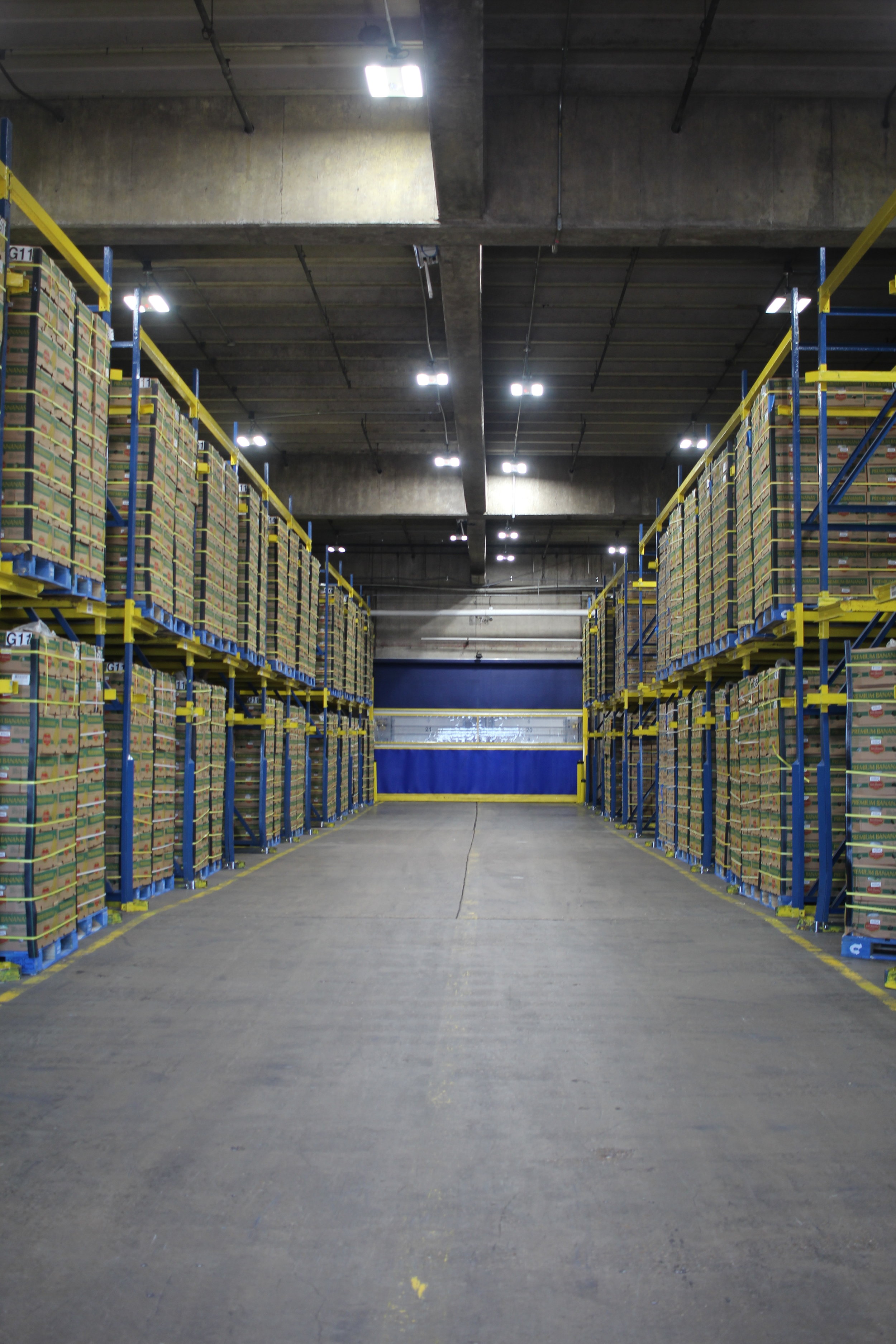WHAT'S IN store for the lighting industry in 2019?
The big mega trends of recent years will continue of course, as digital disruption will challenge some business models and create opportunities for others, especially those who can make digital experiences a seamless and positive customer experience. Here’s our take on 10 trends we expect to see in the coming 12 months.
The supply chain will breakdown
The client-specifier-manufacturer-wholesaler-contractor supply chain used to be understood by everybody. But with FMs buying from Amazon and margin-chasing contractors bullying manufacturers for rebates, the supply chain is getting more twisted out of shape than a Labour spokesperson explaining the party’s policy on Brexit.
Power Line Communication will go mainstream
Power line communication – a sophisticated reprisal of the ‘mains borne’ signalling of the 1970s – has been the unexpected tech trend in lighting control in recent years. It beats wireless on many levels and is getting adopted by big players such as shopping mall giant Intu and automotive manufacturer Volvo.
Consolidation will accelerate
After the companies jump a few pesky regulatory hurdles this month, iGuzzini will join the Fagerhult Group as the jewel in the crown of its recent acquisitions. While it’s certainly one of the most eye-catching takeovers in the industry it won’t be the last. Driven by falling luminaire prices, consolidation will accelerate this year.
Bluetooth Mesh will gain traction
Bluetooth is the new big beast in the lighting controls world and its mesh technology brings simple wireless control to large installations. The familiarity of Bluetooth, the marketing muscle behind the brand and the open protocol nature of the technology will mean its entry into the mainstream lighting is a smooth one.
VR will arrive as a design tool
Virtual reality games may have enlivened your Christmas break but expect 2019 to be the year that they have a serious impact in lighting design. The big architectural practices are already using the tool to get clients excited and Signify - formerly Philips – is investing heavily in the technology as a design and marketing tool.
Visual comfort will move up the agenda
The right to experience artificial lighting without nasties such as glare and flicker has taken a back seat in recent years as we’ve embraced the stunning energy saving possibilities of LEDs. But expect visual comfort to make a comeback with increasing demand for warm colour temperatures and high CRIs.
Smart hubs will be cut out
The tangle of twinkling ‘smart hubs’ and ‘intelligent bridges’ you need to get your lamps connected to the internet will become a thing of the past. Led by GE’s release of its C by GE light bulbs and C-Start switches this year, lighting will increasingly connect directly to Alexa, Google Assistant, Apple’s HomeKit and even Siri.
Self-learning control will arrive
Led by the stunning success of Nest’s digital thermostats which learn about a user’s habits over time and anticipate changes, intuitive control will begin to arrive in the lighting world. Helvar is first out of the blocks with its Active+ system, but a flurry of patent applications in recent months show entrepreneurs are betting its the next big thing in lighting.
1970s design will return
The feminine palette of chalky pinks, brass and er, flamingos is so over, the interior fashionistas tell us. The big trend in interiors is a return to the 1970s but this time with better materiality and softer colours. Expect product designers to blow the dust off Concord and iGuzzini catalogues from the era in the search for inspiration
Modular design will spread
LED luminaire makers can’t believe their luck. They’ve got away with integral products where extracting a failed driver or light source is harder than getting compensation from Ryanair. But European chiefs are on their tail. Expect Eco Design legislation to tighten and put pressure on manufacturers to have deconstruct-able luminaires.


